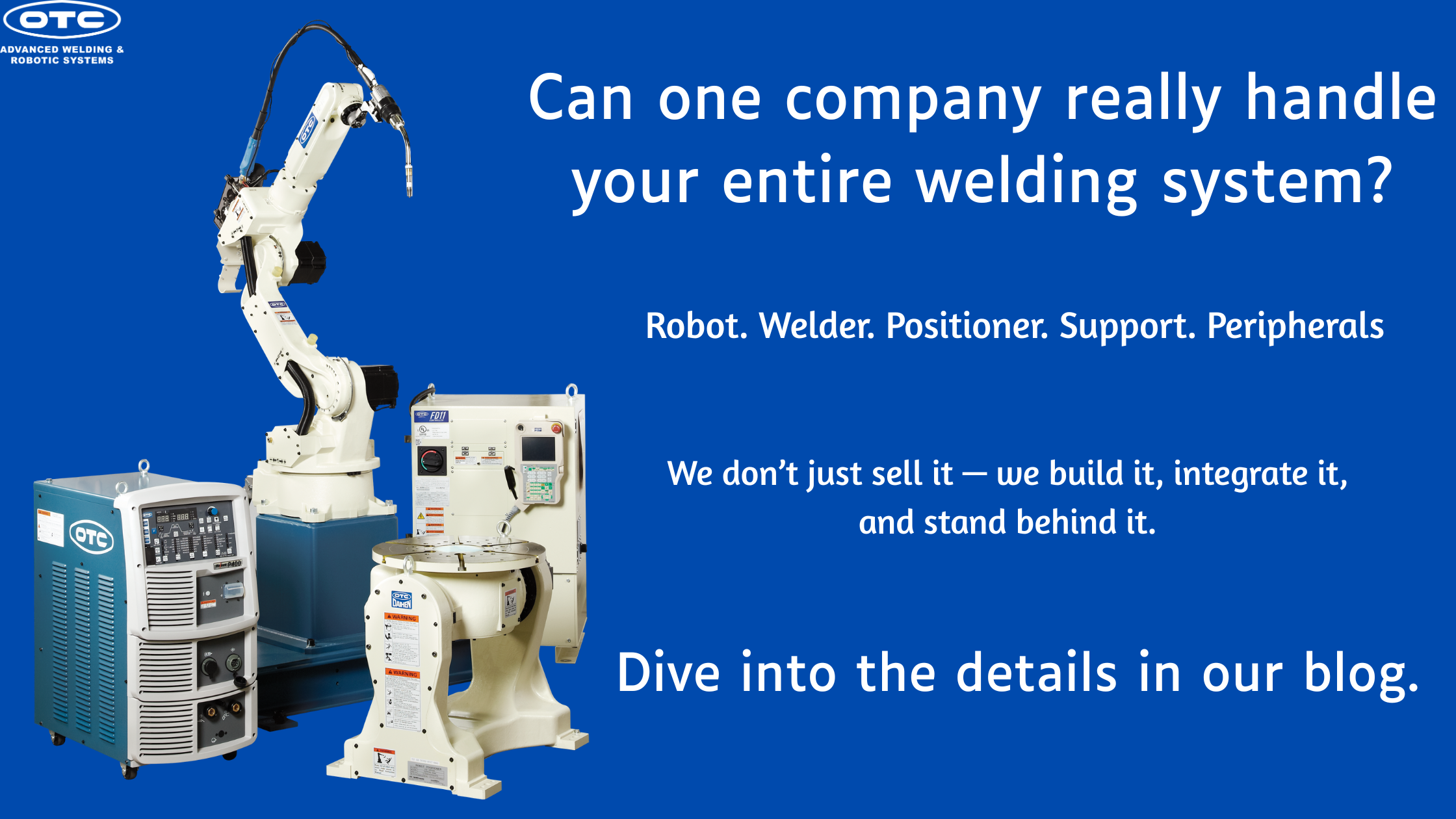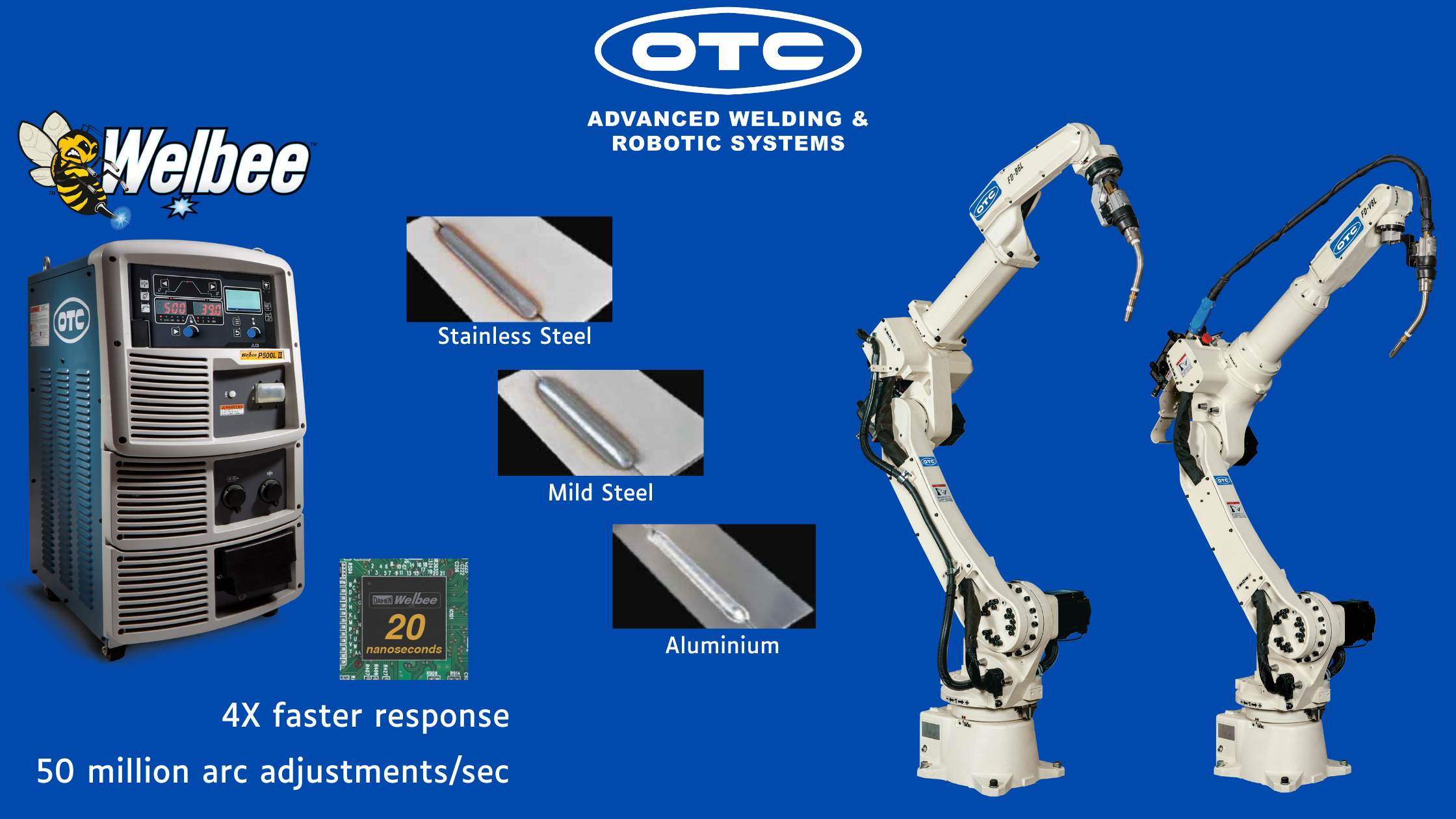OTC DAIHEN Blog
Latest insights on arc welding, robotic welding, new welding technologies and more.
Featured Article
Cleaner Stainless Welds—Myth or Reality? Discover the Technology Behind the Difference
Posted by
OTC DAIHEN on November 19, 2025
Topics: Robotic Welding, Manual Welding, Customer Success, Manufacturing Systems


.png)
.png)
.png)
.png)



